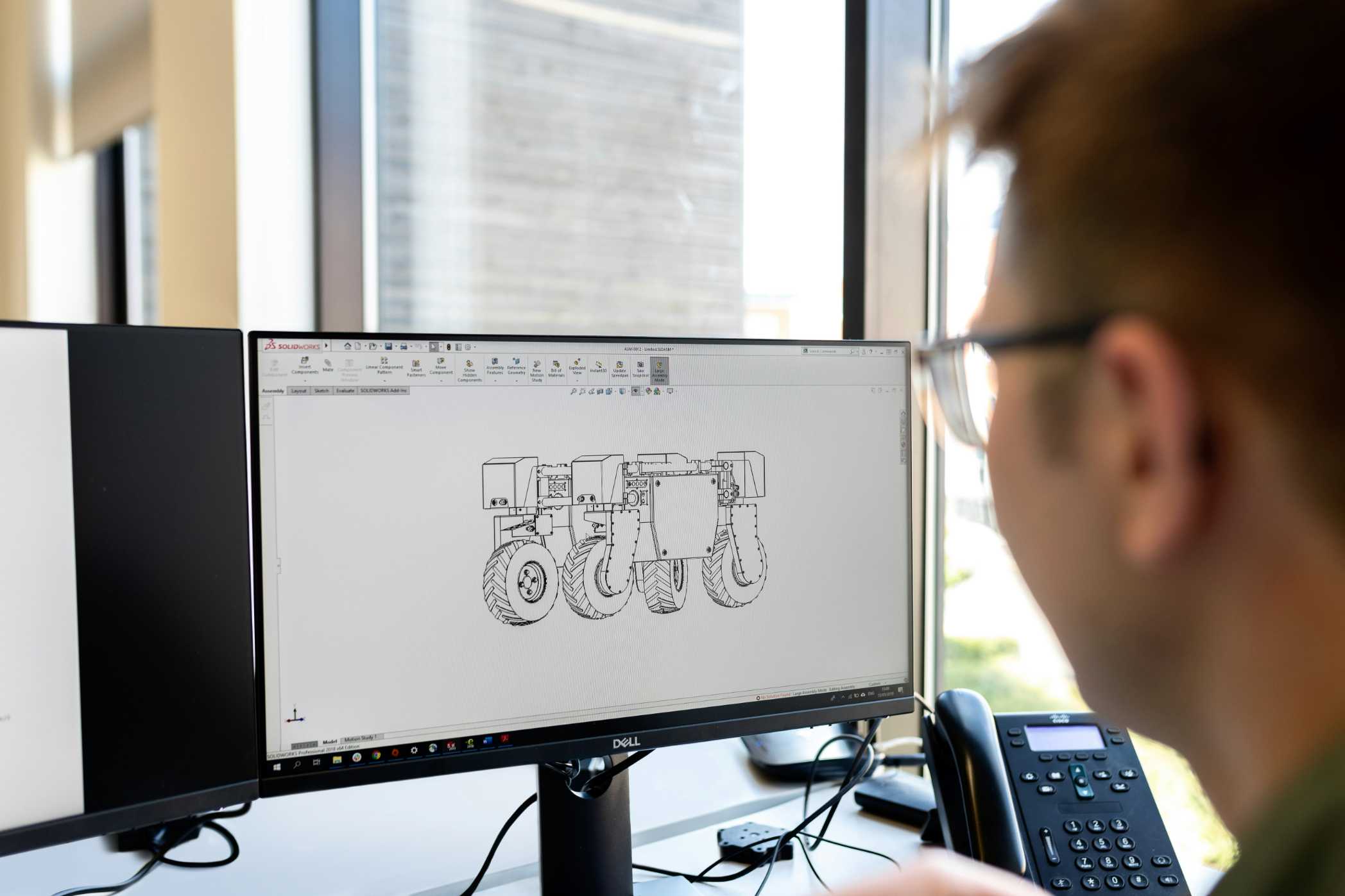How to Build a Web3 Resume That Stands Out
Your traditional resume isn't enough for the crypto space. Learn how to craft a Web3-native resume that highlights your on-chain activity, DAO contributions, and proof of work to land your dream job.

In the hyper-competitive Web3 job market, your resume is the first touchpoint a recruiter or hiring manager has with your professional identity. But here's the secret: a traditional Web2 resume, with its list of past employers and corporate-speak bullet points, often falls flat. The Web3 industry operates on a different set of values, and your resume needs to reflect that.
Hiring managers in this space are looking for more than just a list of job titles; they are looking for verifiable proof of your skills, a genuine passion for the decentralized ecosystem, and a cultural fit with the industry's "show, don't tell" ethos. Your resume must be a bridge between your traditional experience and your crypto-native "proof of work."
This guide will provide a detailed, step-by-step process for crafting the perfect Web3 resume. We'll cover how to structure it, what unique sections to include, and how to frame your experience to capture the attention of Web3 recruiters and land you an interview. Our AI Resume Builder can also help you get started.
The Foundational Principle: Link Your Proof
The single most important rule for a Web3 resume is to provide verifiable proof for every claim you make. Every section should be an opportunity to link out to your public contributions. This is how you build trust and credibility in a trustless world.
- Don't just say you're a good writer. Link to your blog on Mirror or your Twitter threads analyzing protocols.
- Don't just say you can code. Link to your GitHub profile, which should be filled with personal projects and open-source contributions.
- Don't just say you're an active community member. Link to your contributions in a DAO or a governance forum.
Structuring Your Web3 Resume
Your resume should be a one-page document, clean, and easy to scan. Here's a recommended structure, starting from the top.
1. Header: Your Web3 Identity
This section needs a significant upgrade from its Web2 counterpart. It's the first signal that you are a native participant.
- Name & Title: Your name and a concise, targeted title like "Smart Contract Developer" or "DeFi Growth Marketer."
- Contact Info: Your professional email address.
- Key Links (Must be hyperlinked): This is the most critical part of the header.
- Portfolio/Website: A link to your personal website, which acts as the hub for all your work.
- GitHub: Essential for all technical roles.
- Twitter (X): Your professional Web3 Twitter account. Recruiters will look at it.
- ENS Address (e.g.,
yourname.eth): Include your Ethereum Name Service address. This is a powerful cultural signal.
2. Summary: Your "Rabbit Hole" Story
Replace the generic "Objective" or "Summary" with a 2-3 sentence narrative. This is your chance to tell your story and convey your passion.
Web2 Example:
"Results-oriented marketing professional with 5 years of experience..."
Web3 Example:
"Transitioned from a 5-year career in TradFi after becoming fascinated by DeFi's potential to create a more open financial system. For the past year, I have been an active contributor to the Yearn Finance governance forum, authored 15+ analyses on yield strategies, and built a Dune dashboard to track protocol revenue."
3. Web3 Contributions & Portfolio (The Star of the Show)
This section should come before your traditional work experience. It's what hiring managers care about most. This is your proof of work.
- Format: Use bullet points. Start each bullet with a strong action verb and quantify your impact where possible. Link everything.
- Structure for each entry:
- Project Name & Your Role: (e.g., "DeFi Staking dApp, Personal Project" or "Governance Delegate, Uniswap DAO").
- Contribution: Detail what you did and the impact it had.
- Link: Provide a direct link to the work (GitHub repo, live demo, blog post, Dune dashboard).
4. Professional Experience
List your traditional work experience here. Your goal is to reframe your accomplishments using the language and values of Web3.
- Web2 Role: Project Manager at a SaaS company.
- Web2 Bullet Point: "Managed a team of engineers to deliver new software features on time."
- Web3 Translation: "Led a cross-functional, remote-first squad of 5 engineers in an agile environment, shipping 3 major product features that increased user engagement by 15%."
5. Skills
Divide your skills into relevant subcategories.
- Web3 / Blockchain: Solidity, Foundry, Ethers.js, The Graph, EIP-712, Tokenomics, DAO Governance, Dune Analytics.
- Technical & General: JavaScript, React, Next.js, Python, SQL, Figma, Project Management.
By building your resume around verifiable proof of work and tailoring your language to the industry's culture, you move beyond simply telling people what you can do—you show them. In the transparent and meritocratic world of Web3, this is the most powerful way to stand out. Find more tips in our guide on how to write a Web3 resume.
Frequently Asked Questions
1. Should my Web3 resume be one page?
Yes, absolutely. Recruiters are busy. A clean, concise, one-page resume that links out to a more detailed portfolio is the most effective format.
2. Is a cover letter necessary for Web3 jobs?
Often, yes. But don't write a generic one. Your cover letter should be a short, compelling note that shows you've researched the project deeply and can articulate exactly why you are a good fit for their specific mission and challenges.
3. Should I include my real name or a pseudonym?
This is a personal choice. If you have built a strong public reputation under a pseudonym, it's perfectly acceptable and even common to use it. Many people use a format like "Real Name (aka @pseudonym)". The most important thing is consistency in your online identity. Learn more about staying anonymous in crypto.
4. How do I show experience if I've never had a formal Web3 job?
Your experience is your public "proof of work." The "Web3 Contributions" section of your resume is where you showcase this. List your personal projects, your open-source contributions, your hackathon wins, your insightful blog posts, or your work as a DAO contributor. This is often more valuable than a formal job title.
5. Where can I find a good template for a Web3 resume?
You can use our free AI Resume Builder to get started with a professional, crypto-native template. It's designed with all the sections and best practices mentioned in this guide.



